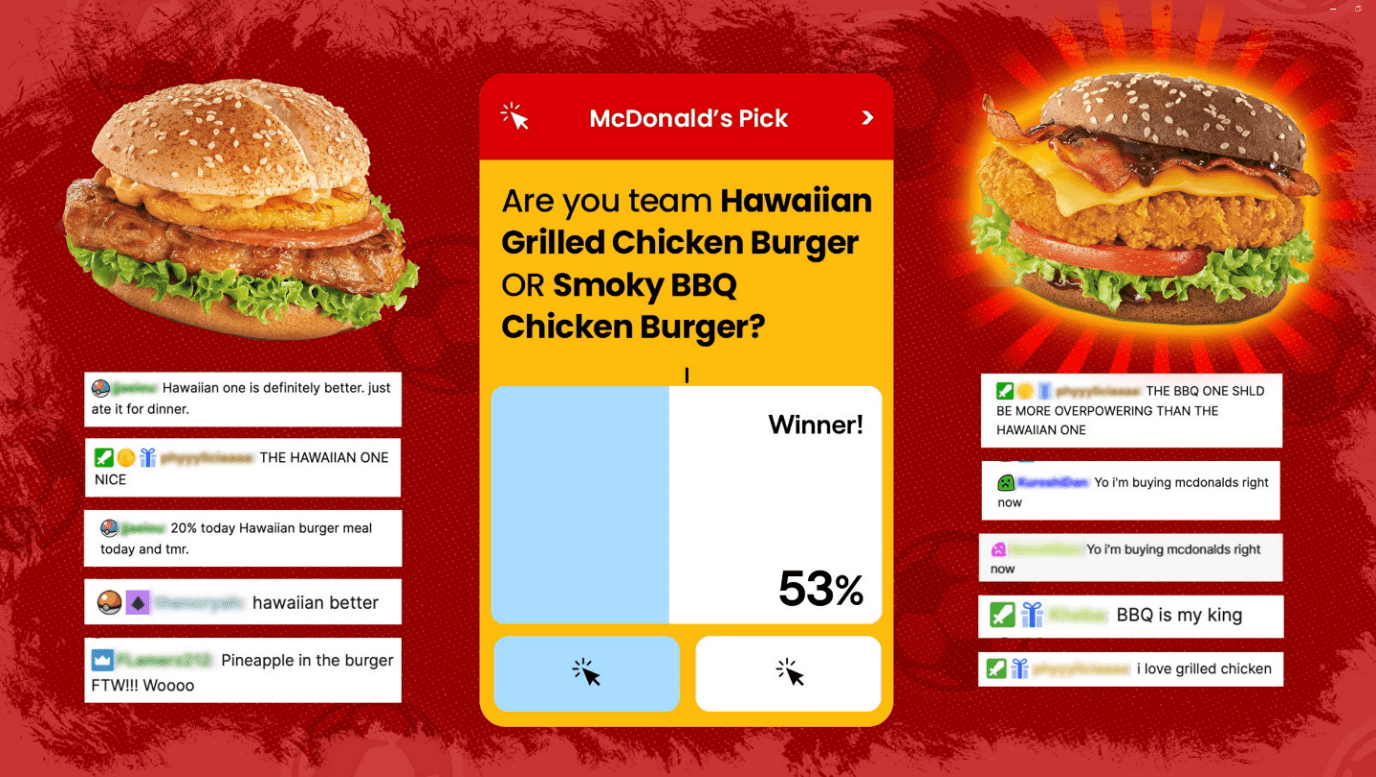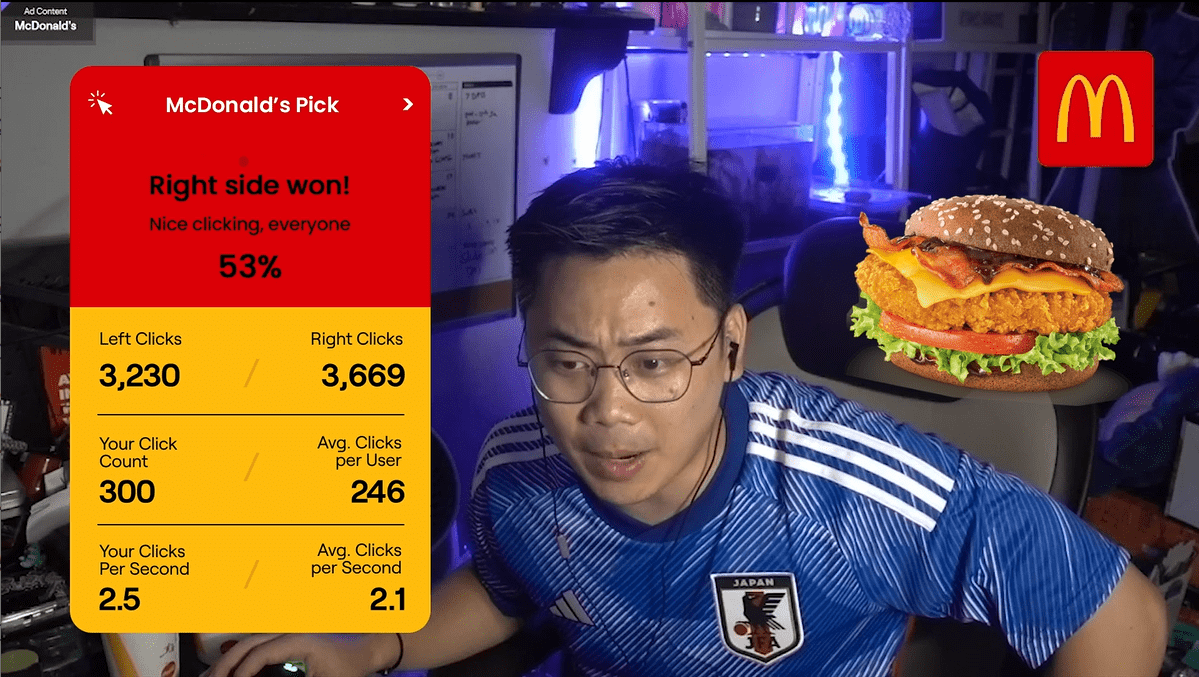Southeast Asia highlights the best of gaming’s diversity, providing an opportunity for brands to go deeper on engagement and appeal to multiple fandoms, says Amazon Ads’ Jan Bojko.
This article is part of a Spotlight series on series on e-sports and gaming in Southeast Asia. Read more
Some years ago, my colleague Cheeri Leo wrote on how to capture the hearts and minds of Southeast Asian gamers. Today, SEA continues to be the bellwether of global gaming trends, with more opportunities than ever for brands to engage.
Building engagement on reach
APAC accounts for almost half of the gaming industry for both players and revenue. SEA plays an important role in that dominance – 91% of SEA use their devices for gaming, +10 percentage points above the rest of APAC and even global figures (GlobalWebIndex, ID/MY/PH/TH/SG/VN, Q1-Q4 2023).
At these levels, we will no longer see the giant booms in gaming penetration witnessed in app stores circa 2008 and during lockdowns circa 2020. What continues to grow, however, is the depth of engagement that gaming entertainment provides.
Daily time spent on gaming consoles has risen from one hour 55 minutes to two hours 14 minutes, with similar trends seen in streaming TV (+28 minutes) and music (+45 minutes) (GlobalWebIndex, ID/MY/PH/TH/SG/VN, Q1-Q4 2022 vs 2018).
High engagement is also exhibited in attention metrics, where advertisers see increased time spent that viewers will pay to their ads in gaming environments. An Amazon Ads partnership with Dentsu saw attention technology company Lumen demonstrate Twitch’s strength in video ad formats, delivering 33% increased attention compared with online video benchmarks (Dentsu, Lumen & Twitch: Attention Economy Report; Dec 2022 - July 2023; UK, SU, DE, FR, AU; n=2,750).
This is not isolated to livestreaming environments, with similar results seen for other gaming-ads services like Activision Blizzard Media and Anzu.
Engagement beyond play
Not only does gaming mean “play” but it also means watch, listen, discuss, attend, create and immerse – 20% of SEA report having watched livestreams in the past year, using sites like Twitch, YouTube and Kick to talk with their favourite creators in real time and finding communities filled with like-minded people over a shared love of content, whether that be gaming or other.
While gaming demographics have changed with new ways to engage, the surveyed Twitch SEA audience represents the more traditional definition of a gamer, being 67% male and 84% aged 18-34. While the high percentage of students (22%) may not surprise, 32% being defined as “high income” (112 index) presents an underused opportunity to marketers. The chance to speak with the communities that creators have nurtured provides a new channel of advocacy, with 61% of surveyed viewers saying they enjoy brands sponsoring or creating content related to their fandoms (Amazon Ads x Crowd DNA, “Anatomy of Hype”; AU, BR, CA, DE, ES, FR, IT, JP, MX, SK, UK, US; n=12,000, Sept 2022 - Feb 2023).

The key to finding attention-grabbing entertainment is to tap passionate communities. The average person has 7.6 fandoms that they claim to like/love. Topics like gaming, sport, music and streetwear fulfill emotional drivers like escapism (78%) and empowerment (46%), providing the perfect alignment for brands whose products and services also fill those needs.

The average gamer has been following the fandom for 12.4 years and over time, their love of gaming has influenced (and been influenced by) the other fandoms they follow. Creators on Twitch today not only broadcast gaming content but perform music, create art and even practise woodworking for their communities. Just Chatting is consistently the top-viewed Twitch category globally, where creators have a chance to hang out and be their authentic selves with the community they’ve built, without the pressure of performing in-game. This has transformed them from “just gamers” into entertainment personalities, expanding the creativity and diversity of messaging that marketers can leverage.
Blending fandoms
McDonald’s in Singapore blended gaming, sport and food passions, layering interactive elements to stimulate hype around new burger options, while also voting on match predictions in simulated World Cup matches.


“The streamers that we worked with Twitch on were entertaining and engaging and, most importantly, helping McDonald’s be the enabler of feel-good moments amongst soccer-loving gamers during the World Cup,” said Drina Chee, senior director marketing and digital customer experience of McDonald’s Singapore.
We recently conducted a study with Publicis Media and found film/TV (45%) and gaming (33%) are the most prominent fandoms among those surveyed in SEA. Scores were +10 percentage points higher than those surveyed across the rest of APAC (Publicis Media x Amazon Ads, GlobalWebIndex recontact study, APAC, Q1-Q4 2023).
We’re starting to see the fruits of communities coming together and blending their passions. TV hits like HBO’s “The Last Of Us” and Netflix’s “Arcane” have been received with both critical acclaim and significant viewership for streaming providers, with both stories born from gaming media.
This year, we will see a gaming IP extension from Bethesda’s “Fallout”, with its first TV season coming to Amazon Prime Video. With Prime Video’s introduction of an advertising tier in many countries, this provides marketers more ways to find engagement in premium environments, many of which built their roots in gaming universes.
Conclusion
Marketers who paint “gamers” with the same brush are missing out on a rich and diverse ecosystem. Southeast Asia highlights the best of gaming’s diversity, with a rich player base across multiple devices and occasions, and gaming fandom being exhibited beyond the screen. Integrations from brands are providing:
- Viewers with great content
- Creators with revenue to reinvest into their communities
- Brands with high impact marketing opportunities
While the growth we were discussing two to three years ago may have plateaued, the depth that now exists makes gaming a core pillar of any brand’s marketing strategy.
Read more in this Spotlight series
Gamevertising: How brands can play to win in SEA’s gaming culture
Rica Facundo
WARC
Levelling up: Maximising the full-funnel potential of gaming in SEA
Stephanie Siew
WARC
Learning from Vietnam: Why gaming in SEA is like going to a virtual mall
Vu-Quan Nguyen-Masse
Vero
How the most effective non-endemic brands target gamers in SEA
James Redden
2CV
The expanding ecosystem of e-sports in SEA
Samson Oh
GosuGamers
Why winning over “players” means adding value within and outside the game
Tippie Tan
OMG/OMD Philippines
Useful, not disruptive: How brands can effectively create immersive brand experiences in gaming
Jamie McConville, Sid Nair and Roki Ferrer
dentsu
Gamevertising in SEA: What does the data show?
Spotlight infographic
WARC

